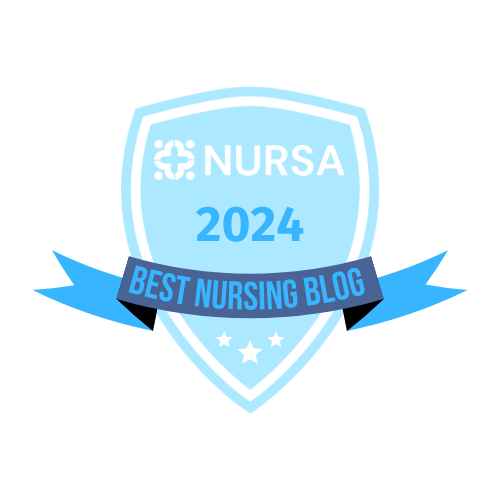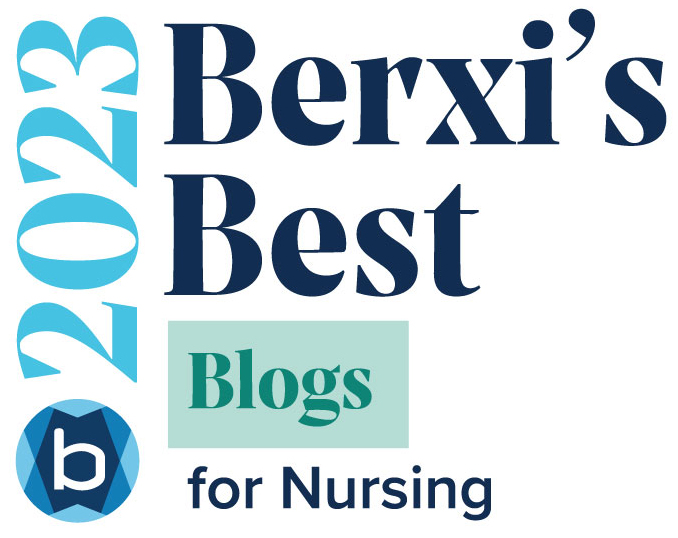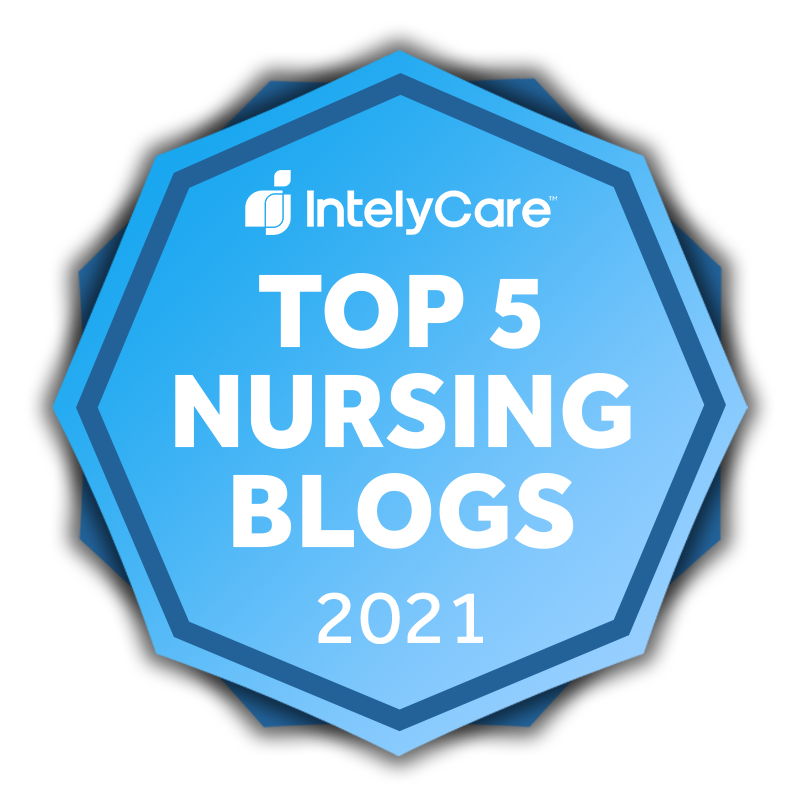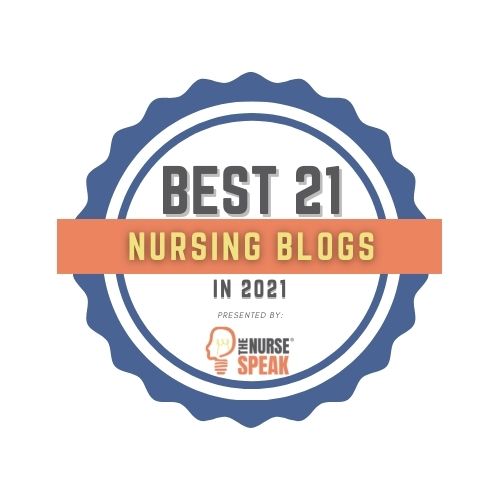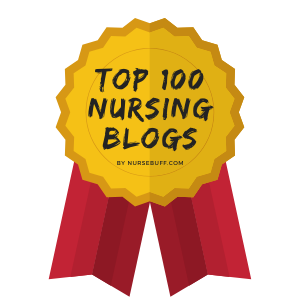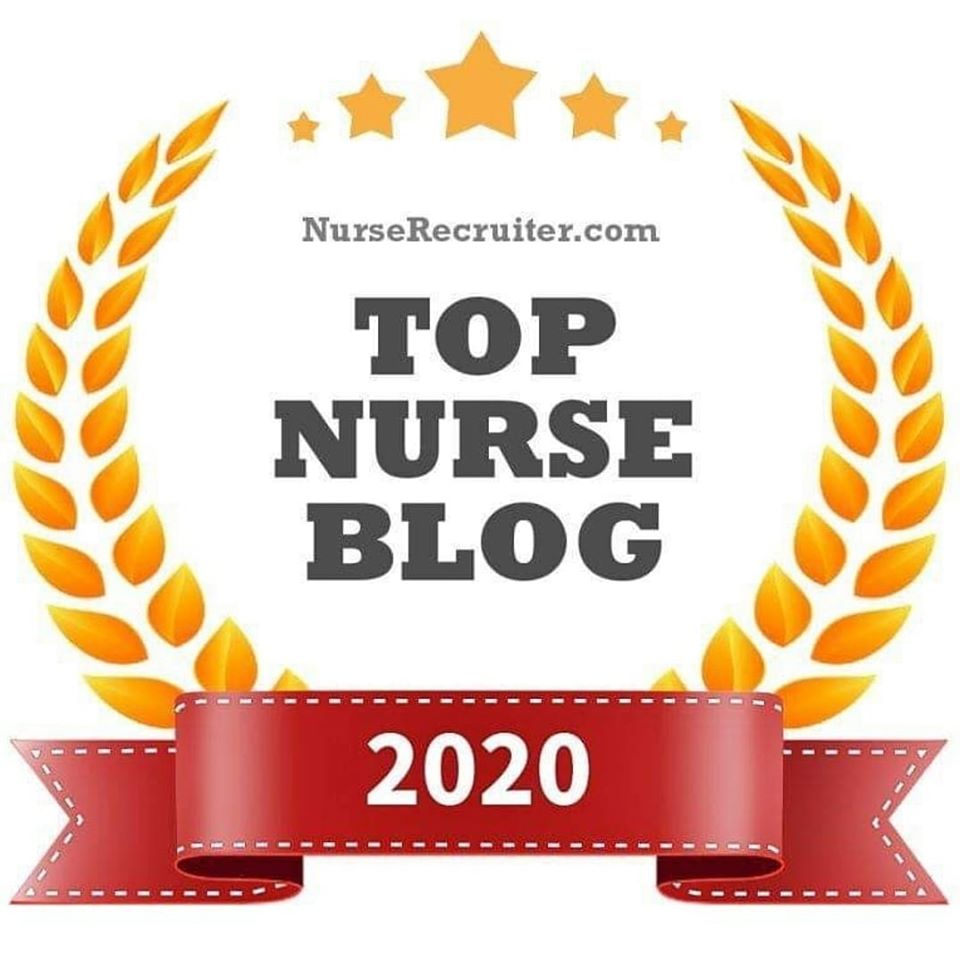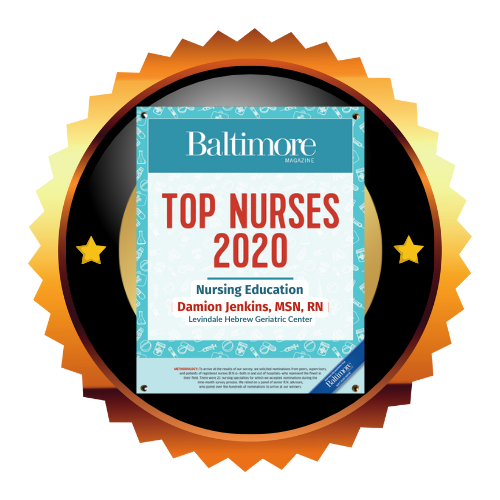
To celebrate the beginning of National Nurses Week 2018, I’d like to highlight an amazing nurse and positive change agent – Nermeen Asham, BScN, RN!
 Nermeen (Nina) is passionate about Personalized/Precision Medicine, with a special focus on Preventative Medicine, Obesity Medicine, Culinary Medicine, and Sports Medicine. She is on a mission to address obesity in children and adults by empowering them to take charge of their health and encouraging them during their weight loss journey to follow a personalized diet plan and an exercise program. In her practice, she uses the Strength-Based Nursing approach and incorporates Hippocrates belief of “Let Food (and Exercise) be Thy Medicine, and Medicine be Thy Food (and Exercise)”.
Nermeen (Nina) is passionate about Personalized/Precision Medicine, with a special focus on Preventative Medicine, Obesity Medicine, Culinary Medicine, and Sports Medicine. She is on a mission to address obesity in children and adults by empowering them to take charge of their health and encouraging them during their weight loss journey to follow a personalized diet plan and an exercise program. In her practice, she uses the Strength-Based Nursing approach and incorporates Hippocrates belief of “Let Food (and Exercise) be Thy Medicine, and Medicine be Thy Food (and Exercise)”.
She has earned a BScN (Bachelor of Science in Nursing) and has completed Graduate Courses in Career and Management Studies at McGill University. Nermeen’s other professional interests include: Obesity Medicine & Bariatrics, (including Syndrome X), Functional Medicine, Genetics, Nutrigenomics & Personalized Nutrition, Obstetrics and Gynecology, Public Health, Quality Assurance, Quality Improvement, Quality of Care Studies, Risk Management, and Weight Loss Management. She has clinical experiences in Bedside Nursing, Care Management, Geriatrics, Hospice, Holistic Care, Long Term Care, Nurse Coaching, Nursing Management, Obesity Care, Palliative Care, Preventative Care, Skilled Nursing, and Tele-nursing.
To learn more about The Strengths-Based Nursing (SBN) Model, and how Nermeen has integrated this holistic approach into her nursing practice, please continue to read the following article written by Nermeen herself.
The Strengths-Based Nursing (SBN) Model
Copyright © Nermeen Asham, BSN, RN
For National Nurses Week, I thought to reflect on my practice and how to help to “close the evidence to practice gaps”. During my years at McGill University, I was trained under the McGill Model of Nursing, which I applied in my practice whether as a bedside nurse, nurse team leader, assistant director of nursing on a unit, nurse care manager, health coach, nurse adviser/consultant, or project nurse. The McGill Model is a useful framework and a way to practice nursing that can be applied to any clinical setting. It is the foundation of what is known today as the Strengths-Based Nursing (SBN) Model. This new model provides a philosophy and an approach to the care provided to patients and their families that leads to “empowerment, self-efficacy, and hope”. (1) This approach, which involves “eight core values”, is different from the medical model of care. The reason being it is focused on strengths rather than deficits. SBN allows patients to become active participants in their care, gain control over their lives and make informed decisions. The “Strengths-Based Value Wheel”, (4) which includes the core values, was created by Dr. Laurie Gottlieb, who was one of my McGill professors in nursing school and who is currently the co-director of the International Institute of Strengths-Based Nursing and Health Care that was founded in 2014.
As a nurse who is involved in health promotion, I am passionate about Personalized/Precision Medicine, with a special focus on Preventative Care and the Obesity space. The core values of the SBN model include: Health and Healing; Uniqueness; Holism and Embodiment; Subjective Reality and Created Meaning; Person and Environment are Integral; Self-Determination, Learning, Timing, and Readiness; and Collaborative Partnership. SBN is definitely a valuable model to apply in practice in my roles as nurse care manager, health coach, and nurse advisor, as described below. My hope is that many health care professionals use this model regardless of their area of expertise.
“SBN reaffirms that health and healing are the central goals of nursing”. (1) I care about all aspects of my clients’ health and wellness. This includes physical, mental, emotional, spiritual, and social well-being. Health and Illness coexist but I help my clients adopt a “glass half full” approach to assist them through the healing process. This is important as I coach my clients to achieve their health goals.
“SBN recognizes that no two people are alike; each is genetically different and has a particular disposition”. (1) In my practice, I always see my clients as unique individuals bringing something special to the nurse-patient relationship. In creating this working relationship, which helps them reach their health goals and have healthy coping mechanisms, it is important to know both their strengths and as well as their weaknesses. In coaching my clients, I realized what works for one person may not work for the other. For example, even if two individuals followed the same diet, they both would not experience weight loss. I have also seen how genes play an impact on one’s health. There is even a genetic basis for obesity and like any other disease, it must be addressed professionally. This is in alignment with the work of Dr. Fredric Abramson who’s U.S. Patent (7877273) describes matching genes to nutrient ingredients to lower disease risk. (3) This also introduces the notion of nutrigenomics and nutrigenetics.
“Holism recognizes the interconnectedness of the parts as they affect each other and the functioning of the whole person”. (1) My role is to enable clients to reach their lifestyle goals in the healthiest way possible. In working with clients and respecting their autonomy and personhood, I take my time to truly understand their vision and perspective of their clinical situation. This allows them to be heard and more involved in goal setting, which is a stepping stone for collaboration.
“SBN encourages nurses to appreciate and facilitate the communication of patients”. (1) Open communication is key to a collaborative relationship. I enjoy actively listening to my clients’ stories of their past experiences and their current beliefs or perceptions as I guide them to find meaning in their current situation. I always keep in mind that each client has a narrative or unique story. This allows me to understand their reality in a therapeutic nurse-patient relationship.
“Nurses with an SBN orientation are acutely aware that they are an integral part of the environment for both patients and their families and can profoundly affect them, even during a brief, one-time encounter”. (1) My goal is to make a difference in my clients’ lives and help them have a positive experience regardless of the challenge they may be facing. I do this by meeting their needs, being sensitive to their feelings, respecting their wishes, saying a kind word, wearing a smile, and ensuring their satisfaction. This explains the art of empathy and compassionate care.
“SBN respects a person’s self-knowledge and values choice and self-determination, even though there are always limits to the choices available and a person’s ability to act in her or his own interest is affected by circumstances, knowledge, and predisposition”. (1) I encourage my clients to participate in the decision-making process by providing information, clarifying, suggesting, and helping them mobilize their resources. I am a believer in more active participation, rather than passive.
“Learning, readiness, and timing are all required for healing, which SBN maintains can occur even during the act of dying”. (1) For any change to take place, there needs to be a readiness, learning, and a transformation. My clients’ goals are most successful when the timing is right for them and when they have decided they are ready for the lifestyle change. This is key for my clients who are fighting obesity. Although they are aware of its risks and sequelae, they will not take any steps unless they experience the readiness to change. Obesity is a multifactorial disease and Obesity PPM’s Twelve Pillars® Model, (2) created by Heather Flannery, depicts its complexity. This model explains how one must manage his/her “individual pillars” as well as the “population pillars” in order to achieve and maintain a healthy weight. These individual pillars include cognition, addiction, nutrition & microbiome, hormones & metabolism, exercise & activity level, and sleep, stress, & immunity. The population ones include education system & parenting, workplace & business culture, community & lifestyle planning, food policy production & delivery, healthcare policy & delivery, and finance instruments & funding. (2) Even if we cannot control the genetic aspect, we definitely have control over the lifestyle. It is a choice and a way of living to be healthy individuals,
whether at home, at work, or even at gatherings/functions.
“Collaborative partnerships require the partners to find common ground, set goals jointly, and determine a course of action that’s right for the patient”. (1) When interacting with my clients, I create a climate of trust, clarity, and openness which allows for collaboration. I always want my clients to feel valued and respected by focusing on their strengths and the positive aspects. I encourage them to set their own personal health goals as I offer them nonjudgmental guidance.
There are benefits to applying this holistic approach, namely Strength-Based Nursing (SBN) in practice, which leads to positive outcomes. “SBN is founded on principles of person/family centered care, empowerment, innate and acquired capacities for health and mechanisms of healing (inner and outer strengths), relational care, and collaborative partnership. It’s a comprehensive approach that brings all of these principles together under one umbrella and extends them to all relationships—nurses with patients, staff with staff, managers and clinical leaders, teachers with students”. (4) This is what makes it a different, practical, and powerful approach to providing care. Hopefully, one day all members of the interdisciplinary team, not just nurses, can incorporate it into their practice and no doubt this will lead to greater patient satisfaction and more positive outcomes. Having said that, perhaps it can replace the medical model.
References
1. Gottlieb, L. N. (2014). CE: Strengths-based nursing. AJN The American Journal of Nursing, 114(8), 24-32.
2. Obesity PPM’s Etiological Framework: The Twelve Pillars®. Retrieved from http://www.obesityppm.com/our-point-of-view
3. System and method for evaluating and providing nutrigenomic data, information and advice. Retrieved from https://www.google.com/patents/US7877273
4. Why an institute dedicated to strengths-based nursing and health care?. Retrieved from http://www.sbnhc.org/about.htm
Best Wishes!
-Damion

